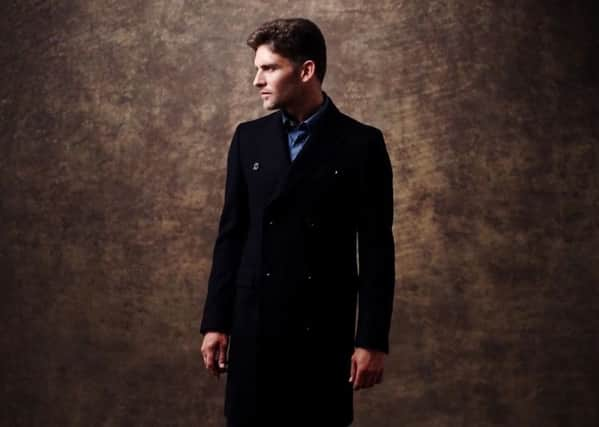Scotland's wardrobe: A brief history of the Crombie Coat


Crombie’s beginnings
The Crombie coat owes its name to John Crombie, an early 19th century cloth producer and son to a family of Scottish weavers. Crombie founded his first woolen mill in Aberdeen’s Cothal Mills in 1805. J&J Crombie Ltd – which, in its early years, underwent numerous name changes – manufactured in several different mills in Scotland and England, the most famous of which was the Grandholm Mill in Aberdeen, where production continued for more than 120 years. It was once the largest facility of its kind in Scotland.
By the 1840s, Crombie was selling its highly prized cloth to drapers in Paris and London, and the firm’s fabric had also become popular with London tailors seeking to outfit noblemen with fine material.


Advertisement
Hide AdAdvertisement
Hide AdCrombie remains a byword for luxury outerwear, but as the company grew it wasn’t only outfitting wealthy patrons. From the 1860s, the firm expanded with the acquisition of military contracts. Crombie was inundated with large orders for their Rebel Grey cloth from the Confederate army as the American Civil War broke out, which increased their business five-fold. By the beginning of World War One, Crombie strengthened its military ties with the manufacture of British Army uniforms. (Around one tenth of all overcoats worn by British officers – who referred to their garments as British Warm – during the First World War were made from Crombie cloth.)
From cloth to coats
Though J&J Crombie started as a cloth-weaving company, by the mid-to-late-19th century they began to see the potential in their distinctive fabric and began making coats, though it’s difficult to establish when exactly this was. (It was likely sometime after they got wind of Confederate soldiers turning their fabrics into coats, or when London tailors began doing the same.) The Crombie coat is now a design icon, and its popularity only increased as the firm entered the 20th century. Its export markets in Japan, the US and Russia were particularly strong – Japanese sales peaked in the 1920s to £50,000 a year (£2.35 million when adjusted for inflation) – and, closer to home, the Crombie coat rested on the shoulders of politicians (Sir Winston Churchill), royalty (King George VI), and rock stars such as The Beatles. More surpisingly, the garment also found favour with football casuals and skinheads.
Outfitting pop culture


Crombie remains an iconic British brand, known for its high quality products and the timeless elegance of its designs. The firm, which was sold to Yorkshire-based textile firm Salts of Saltaire in 1924, has continued to make its mark in contemporary pop culture despite its heritage status. It produced, for example, outfits for Hollywood film stars and US presidents alike. Jack Nicholson wore several Crombie garments as The Joker in the 1989 film Batman, and Ronald Reagan bought 13 suits during his two terms. (John F Kennedy and Dwight D Eisenhower were also fans.) Crombie’s international appeal has been demonstrable, and it remains every bit as popular an outfitter of pop culture in the UK: Peter Capaldi’s Dr Who, for instance, is partial to a Crombie coat.